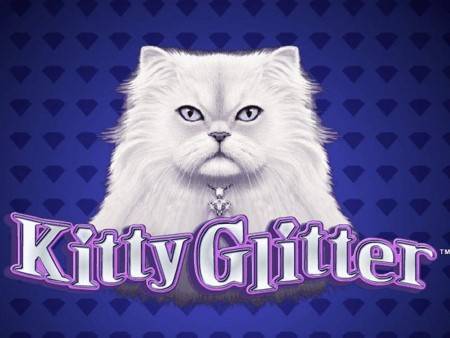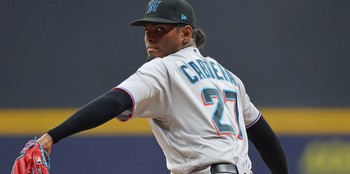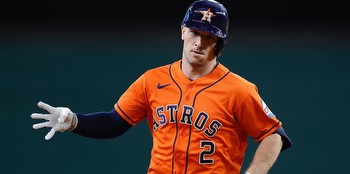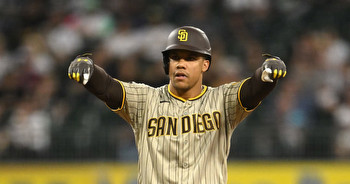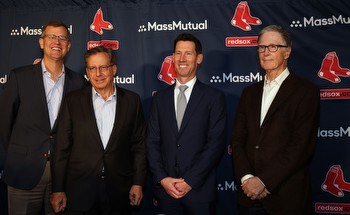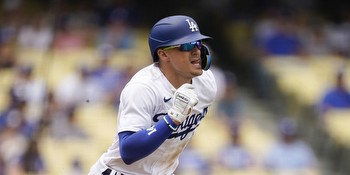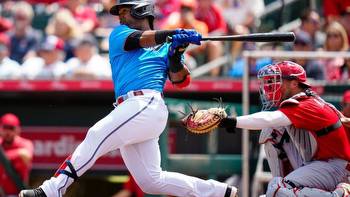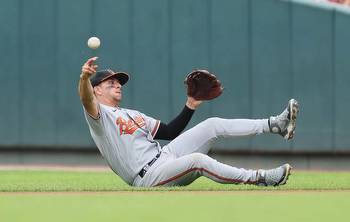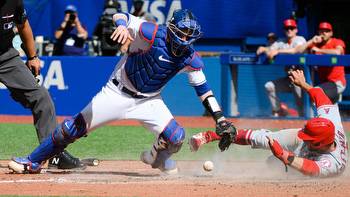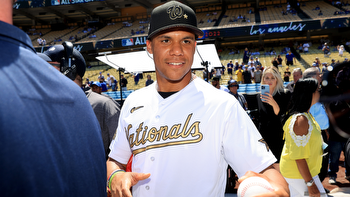What were MLB’s most impactful offseason trades? Bowden ranks and grades the top 10
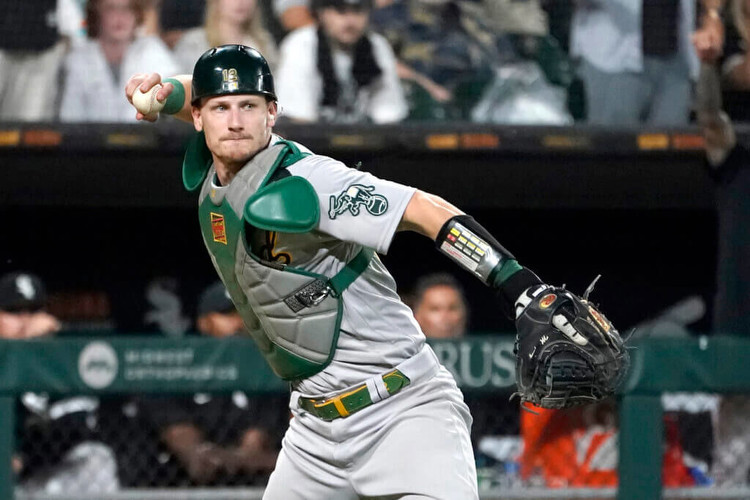
This offseason has been filled with record-breaking signings but relatively few trades as player evaluation has become more similar from team to team thanks to sophisticated analytics and algorithms. There were still some terrific trades made this winter, highlighted by the three-team deal in which the Braves landed one of the game’s best all-around catchers (Sean Murphy), the Brewers acquired a middle-of-the-order bat (William Contreras) and the A’s added several prospects to help their rebuild. In other trades, a batting champion (Luis Arraez), a former Silver Slugger (Teoscar Hernández) and an ex-Gold Glover (Kolten Wong) found new homes.
What has been most interesting about this offseason’s major trades is how well-balanced most of the deals are. In my view, there weren’t any truly lopsided trades; most of them helped both teams address their respective needs. That said, I liked some trades more for certain teams, and some deals raised questions.
So what have been the most impactful trades thus far this offseason? Here’s how I’d rank the top 10 deals, with trade grades for each team.
1. The Braves-Brewers-A’s blockbuster deal
Braves acquired: C Sean Murphy (from Oakland)
Brewers acquired: C William Contreras (Atlanta), RHP Justin Yeager (Atlanta) and RHP Joel Payamps (Oakland)
A’s acquired: OF Esteury Ruiz (Milwaukee), LHP Kyle Muller (Atlanta), RHP Freddy Tarnok (Atlanta), RHP Royber Salinas (Atlanta) and C Manny Piña (Atlanta)
Trade grades: Braves — A; Brewers — B; A’s — C
The Braves deserve credit for landing the best player in this nine-player, three-team trade, and doing so at a reasonable price. Murphy, the 2021 American League Gold Glove Award winner, is one of the top five overall catchers in the sport, and Atlanta signed him to a six-year, $73 million contract extension after the trade. Last year was his best offensive season as he slashed .250/.332/.426 with 37 doubles and 18 home runs. The Brewers made out well as they added Contreras, a middle-of-the-order bat who was the starting DH for the National League All-Star team last year. Contreras is a below-average catcher but he can hit, with 20 to 30 home run power (per season), and he’s not arbitration-eligible until 2025. Meanwhile, the A’s acquired more quantity than quality, but their haul included an intriguing prospect in outfielder Esteury Ruiz, a tremendous athlete with 15 to 18 home run power and explosive speed. (He had 85 stolen bases and slashed .332/.447/.526 between Double A and Triple A last year.) The big question with Ruiz, 23, is how well he’ll hit in the majors. In this deal, the Braves got their long-term answer at catcher, the Brewers got an affordable bat to bolster the middle of their lineup and address a huge need, and the A’s got more prospects to build around.
2. Twins traded 2B Luis Arraez to Marlins for RHP Pablo López, INF Jose Salas and OF Byron Chourio
Trade Grades: Twins — A-minus; Marlins — B
The Twins’ top offseason goal after re-signing shortstop Carlos Correa was to acquire a starting pitcher and they did an excellent job in landing López, who was 10-10 with a 3.75 ERA in 32 starts last season. López has pinpoint control and excels at locating his pitches in and out of the strike zone when pitching ahead in the count. He is under team control for two more seasons and fits nicely into the Twins rotation around right-handers Sonny Gray, Joe Ryan and Tyler Mahle. I thought a one-for-one trade for Arraez would have been fair, so I gave the edge to Minnesota in this deal because they also acquired a legitimate infield prospect, Salas, along with a fringe outfield prospect, Chourio. The Marlins needed more offense and a table setter; no one in their lineup had an on-base percentage above .333 last season. Arraez, who reached base at more than a 37 percent clip, will create traffic for the middle of their lineup. He hit .316 and won the AL batting championship. He’s under team control through the 2025 season. The trade also allowed the Marlins to solve their center-field problem: Arraez will play second base for the Marlins and they’ll move Jazz Chisholm to center. Bottom line: Their offense is much-improved with an elite table setter, and they should be strong up-the-middle with an athletic center fielder in Chisholm, who should have well-above-average range out there.
3. Mariners traded RHP Erik Swanson and LHP Adam Macko to Blue Jays for OF Teoscar Hernández
Trade grades: Mariners — A-minus; Blue Jays — B
The Mariners accomplished their main offseason goal — adding a middle-of-the-order power bat — with Hernández, who has hit 57 homers over the past two seasons. He’s won two Silver Slugger awards over the past three years and finished top 20 in the AL MVP voting in 2020 and 2021. Hernández will be eligible for free agency after this season, which was one of the main reasons the Blue Jays were inclined to make the deal, knowing they weren’t going to sign him long term. The trade significantly improved their bullpen, addressing a top priority for the Jays. Swanson was dominant last year, posting a 1.68 ERA over 56 relief appearances and one start. He tallied impressive ratios of 11.7 strikeouts per nine innings and 1.7 walks per nine, and is under team control for three more seasons. Macko, a 22-year-old lefty with a big arm, averaged 14 strikeouts per nine over his first three minor-league seasons. He pitched last year in High A and in the Arizona Fall League and is at least two or three years away from the majors.
4. Phillies traded INF Nick Maton, OF Matt Vierling and C Donny Sands to Tigers for LHP Gregory Soto and INF Kody Clemens
Trade grades: Phillies — B-plus; Tigers — B
The Phillies bulked up their already strong bullpen by signing Craig Kimbrel and Matt Strahm in free agency, but they saved their biggest bullpen move for last, trading for Soto to give their ’pen three hard-throwing lefties (José Alvarado, Soto, Strahm). Soto was an All-Star the past two years, posting ERAs of 3.39 and 3.28, respectively, saving 48 games and averaging about 10 strikeouts per nine innings over that span. However, he’s struggled with command and control (ranked in the second percentile in BB% last year), and must improve in those areas to fulfill his potential and become an elite backend reliever. The Phillies control him for three more seasons. For the Tigers, this trade was about adding needed position-player depth. Vierling and Maton were role players for Philadelphia but are expected to start with Detroit. They are both versatile, play the game hard and profile as average everyday major leaguers. Sands made his MLB debut last season at age 26, earning the promotion after a strong Triple A season in which he slashed .308/.413/.428 in 57 games. He profiles as a backup catcher at best, and will compete with Andrew Knapp and Jake Rogers in spring training for the role behind the Tigers’ expected starting catcher, Eric Haase. Overall, the only question I have about this trade is whether the Tigers could have gotten a higher level of prospect had they waited to deal Soto at the trade deadline.
5. Diamondbacks traded OF Daulton Varsho to Blue Jays for C Gabriel Moreno and OF Lourdes Gurriel Jr.
Trade grades: Diamondbacks — A; Blue Jays — B
I loved this trade for the Diamondbacks and believe in the long run they got the best player in the deal: Moreno. He should be ready to be their everyday catcher by 2024 but could use another year at Triple A to fully develop his defense. Moreno, who turns 23 next month, has batted .310/.365/.479 in 253 minor-league games (962 at-bats) and had success in his cup of coffee in the majors, slashing .319/.356/.377 in 25 games and 69 at-bats. The Diamondbacks also addressed a need by acquiring a solid, right-handed-power-hitting outfielder in Gurriel, who hit 20-plus homers in 2019 and 2021. He helps them achieve better righty-lefty balance in their lineup, too. The Blue Jays were obsessed with adding left-handed bats this offseason and they got a good one in Varsho, who smacked 27 homers and drove in 74 runs last year despite hitting just .235 with a .302 OBP. Varsho is also an upgrade defensively for Toronto, as he ranked among the top outfielders last season with 19 Defensive Runs Saved. He’s under team control for four more seasons.
6. Mariners traded OF Jesse Winker and INF Abraham Toro to Brewers for 2B Kolten Wong and cash
Trade grades: Mariners — B; Brewers — B-minus
The Mariners wanted to improve their defense at second base: Enter Wong, a two-time Gold Glove Award winner. He has a career slash line of .261/.334/.398 over 10 years and has averaged 12 home runs and 17 stolen bases per 162 games. He’s been consistent over the past two years and should deliver what the Mariners expect this season before reaching free agency in the fall. Meanwhile, the Brewers are betting Winker can bounce back from the injuries and offseason surgeries to his left knee and neck and return to his All-Star form with the Reds in 2021, when he slashed .305/.394/.556 with 32 doubles and 24 home runs. He, too, will be a free agent after this season. In Toro, the Brewers acquired a quality backup infielder who can play second and third base. The Mariners got more certainty in the trade with Wong, but the Brewers got more upside potential in Winker.
7. Angels traded RHP Janson Junk, RHP Elvis Peguero and LHP Adam Seminaris to Brewers for Hunter Renfroe
Trade grades: Angels — B; Brewers — C-minus
The Angels added more power to their lineup at a relatively reasonable cost with Renfroe, who will be a free agent after this season. It was a smart move. Renfroe hit 60 home runs over the past two seasons with the Red Sox and Brewers. Last year, he batted .255 with a .315 on-base percentage and a career-high 126 OPS+. In the outfield, he flashes above-average defense but overall is average at best in right field. From the Brewers’ perspective, they lowered their payroll (Renfroe reportedly will make more than $11 million via arbitration this year) and acquired three pitchers who range in age from 24 to 26, none of whom have much upside, but all should pitch in the majors for them at some point.
8. Tigers traded RHP Joe Jiménez and cash to Braves for INF/OF Justyn-Henry Malloy and LHP Jake Higginbotham
Trade grades: Braves — B; Tigers — A
After losing Kenley Jansen in free agency, the Braves quickly traded for Jiménez, who will serve in the righty setup role in front of closer Raisel Iglesias. Jiménez notched 20 saves and made an All-Star team (2018) during his six seasons with the Tigers. Last year, he made 62 relief appearances and posted a 3.49 ERA (2.00 FIP) with 12.2 strikeouts per nine innings and 2.1 walks per nine. Jiménez, 28, will be a free agent after this season. The headliner going back to the Tigers was Malloy, a sixth-round pick in the 2021 MLB Draft. Last year, Malloy slashed .289/.408/.454 with 28 doubles, 17 home runs and 81 RBIs across three levels (High A, Double A, Triple A). This could be a rare trade that backfires on Atlanta if Malloy, 22, lives up to his potential. Higginbotham was a throw-in in the deal.
9. Red Sox traded LHP Josh Taylor to Royals for SS Adalberto Mondesi and a player to be named
Trade grades: Red Sox — B-plus; Royals — C
The Red Sox took a good gamble in acquiring Mondesi, the human injured list, who when healthy is one of the most dynamic base stealers in the sport. He has 133 career stolen bases in 358 games, and with MLB’s new rules, including bigger bases and limits on stepoffs and pickoffs, he’ll become even more valuable. He’s a tremendous athlete who has above-average raw power and — yes, I’ll say it — All-Star potential. But he’s played more than 75 games in a season only once, never had 450 plate appearances in a season, and he’s coming off ACL surgery. It’s likely Mondesi, 27, spends more time on the injured list than the active roster, but given Trevor Story’s injury and the loss of Xander Bogaerts, it makes sense to take the risk. In return, the Royals got Taylor, a solid left-handed reliever who is also a health risk after missing all of last season because of back issues. However, he did record a 3.40 ERA with 11.3 strikeouts per nine innings over 47 2/3 frames in 2021. It will be interesting to see which team comes out ahead in this trade — but it likely boils down to which player spends more time on the active roster.
10. Marlins traded INF Miguel Rojas to Dodgers for SS Jacob Amaya
Trade Grades: Marlins — A-minus; Dodgers — C
The Marlins believe Amaya could be their everyday shortstop as early as this year, and they’re convinced he’s major-league-ready defensively. Amaya, an 11th-round pick in the 2017 draft, last year slashed .261/.369/.427 with 20 doubles, four triples, 17 home runs and 71 RBIs between Double A and Triple A. The Marlins’ evaluators are higher on Amaya, 24, than the Dodgers’. After losing Trea Turner in free agency, the Dodgers were looking to add a veteran infielder, and they think Rojas could end up starting at shortstop or second base for them. However, over the past three years, Rojas has been in serious decline. His OBP has dropped from .392 (in the shortened 2020 season) to .322 to .283 in that span, and he’s also lost a step or two in his defensive range. He profiles more as a utility player than the everyday shortstop he’s been for Miami since 2018. Rojas does bring leadership and other intangibles and is a terrific teammate.
(Top photo of Sean Murphy: Charles Rex Arbogast / Associated Press)
